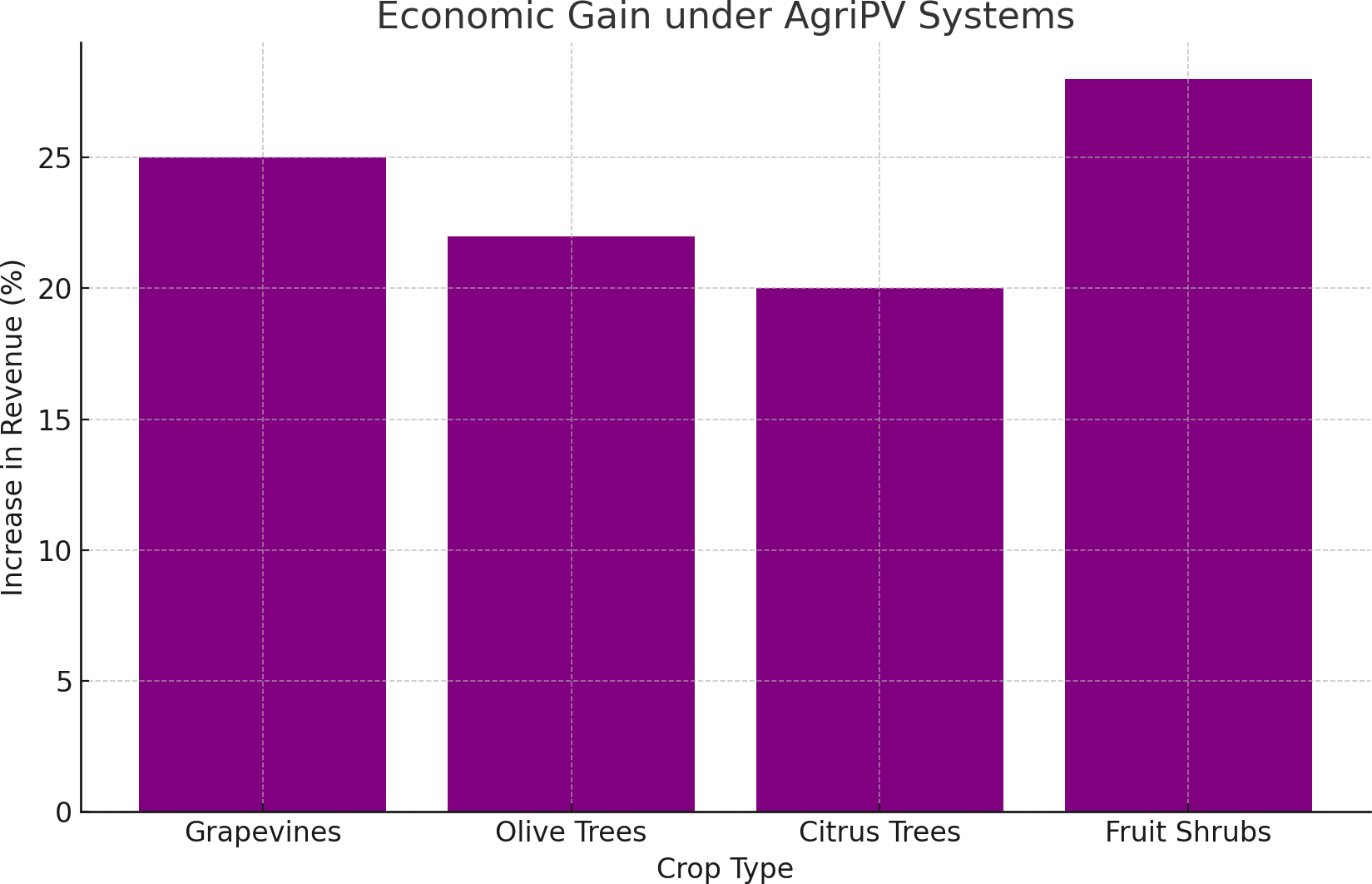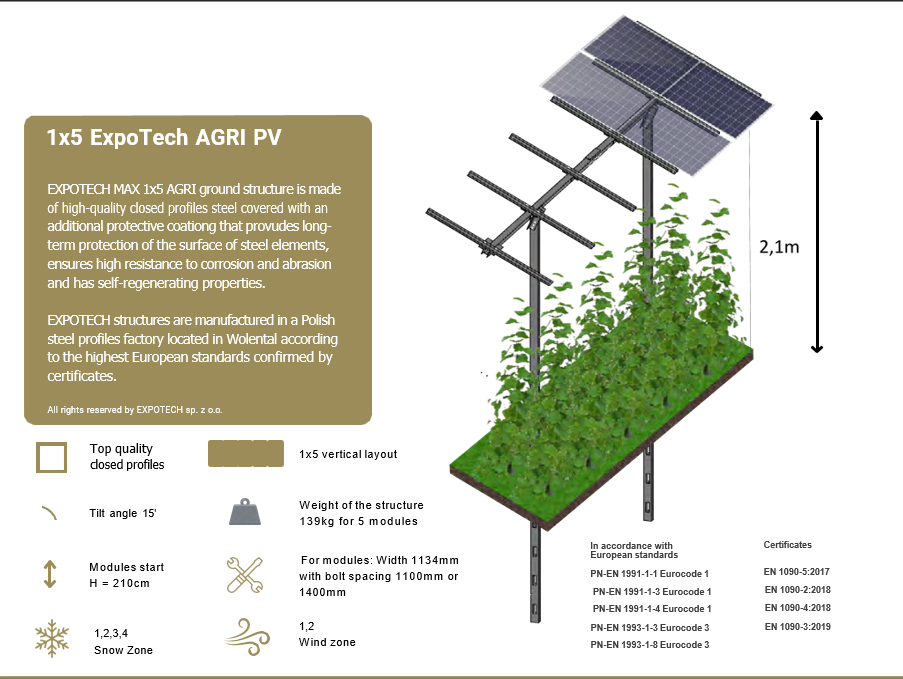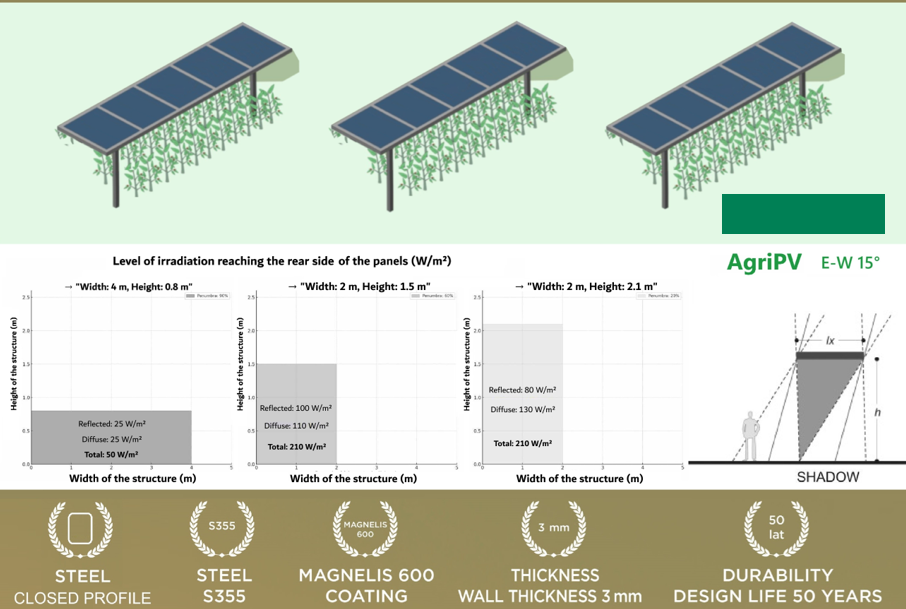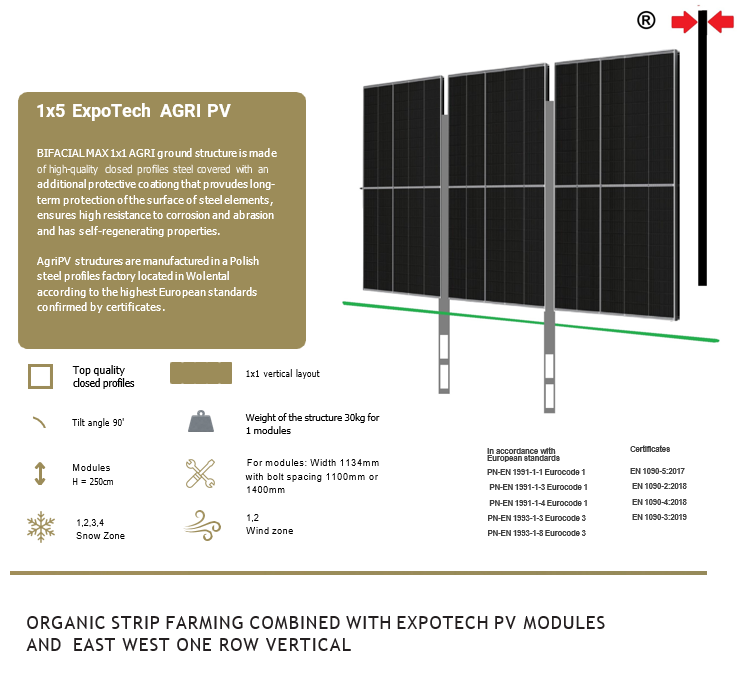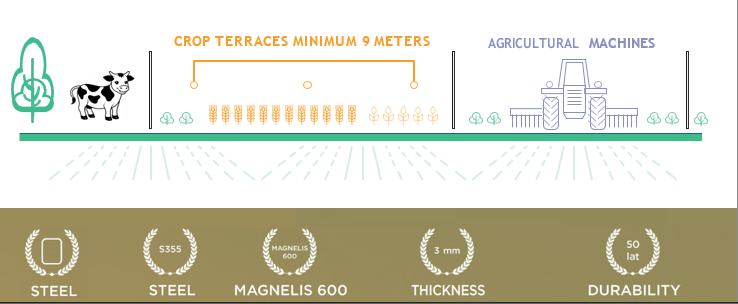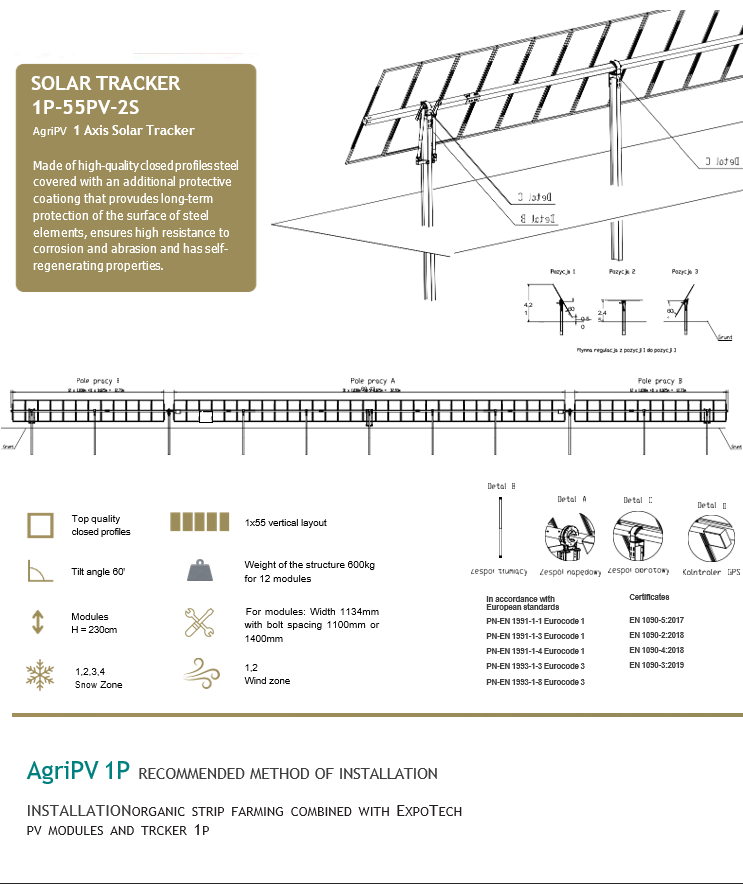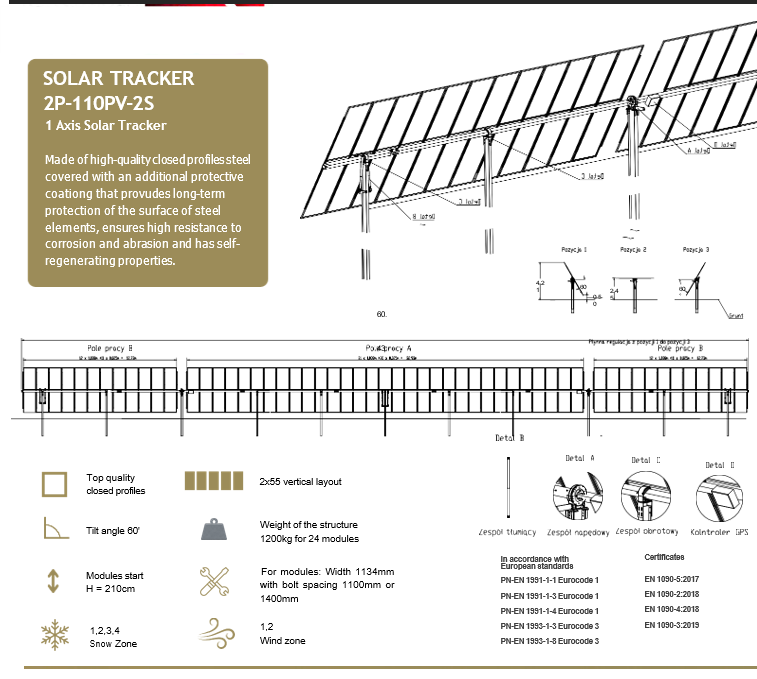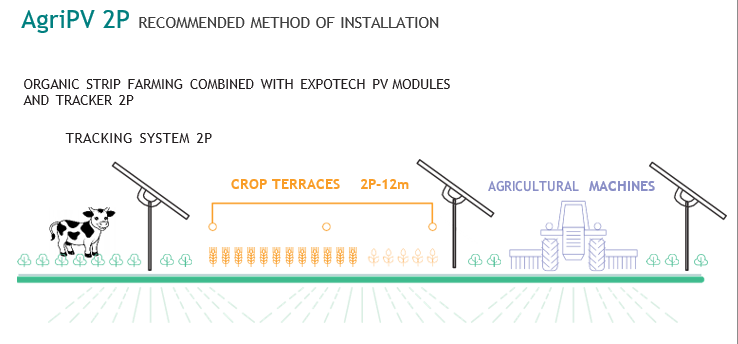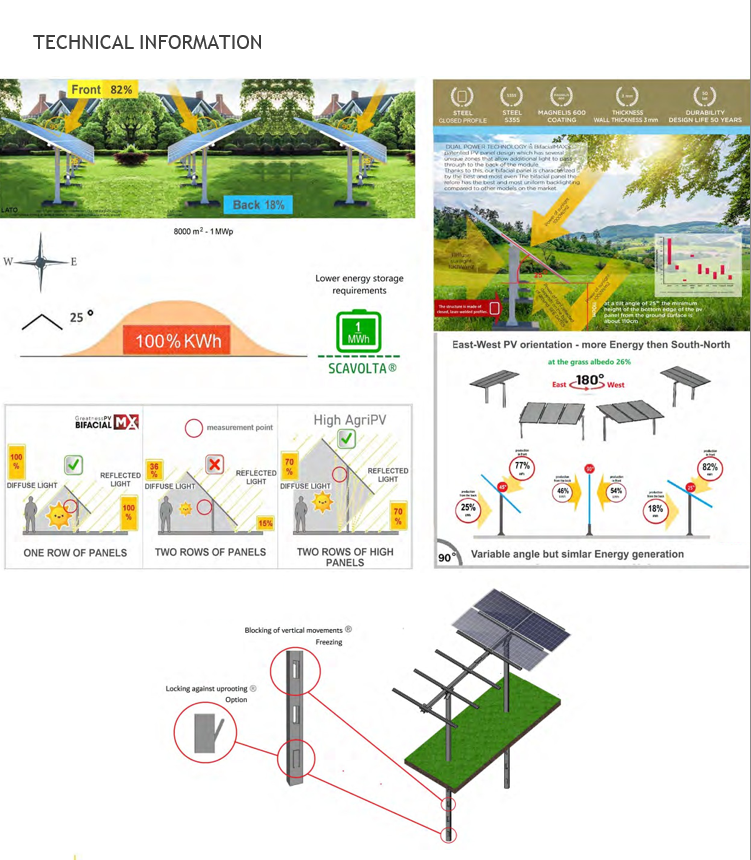
CAN WE DO ANY BETTER?

Yes, AgriPV (agrophotovoltaics), or combining solar energy production with agricultural operations, can significantly assist and reduce the cost of the energy transition. Here’s why:
1. dual land use
Why. AgriPV allows simultaneous use of the same land area for both energy production and crop cultivation.
Benefit:Reduces conflicts over land between the energy sector and agriculture, especially in regions o Limited availability of land. Activities on a single parcel of land reduce the cost of purchasing new land.
2. crop protection and better microclimatic conditions
Why go for it. PV panels in agriPV systems can act as a shield against excessive sunlight, hail, downpours or wind.
Benefit:
Increased yields for crops sensitive to excessive radiation (e.g., lettuce, berries, vegetables). Reduction of losses due to extreme weather conditions.
3 Increased efficiency of PV panels.
Why go. Plants grown under the panels reduce the ambient temperature through natural cooling (evaporation of water from plants and soil), which increases the efficiency of PV modules. Benefit:Higher energy production, especially on hot days.
4. sustainable rural development
Why. AgriPV creates an additional source of income for farmers through the sale of energy, while allowing further agricultural activities.
Benefit:
Increased income for local communities. Reduced migration from rural areas to cities.
5. Reducing the costs of energy transformation
Why? Thanks to agriPV, the need to allocate new land exclusively for PV installations is avoided, which reduces investment costs and the risk of social resistance. Benefit:
Savings on land acquisition and preparation costs. Better social acceptance of RES projects.
6. Scalability and support for the power grid
Why? AgriPV can be implemented on a large scale in agricultural regions and also integrated with local power grids.
Benefit:
Stabilization of energy supply at the local level.
Reduction of the need for investments in large transmission infrastructure.
7. Ecological support
Why? AgriPV promotes biodiversity through better land management and reduced soil erosion. Benefit:
Protection of the environment through sustainable agricultural practices. Improved soil quality and reduced desertification.

AgriPV RECOMMENDED METHOD OF INSTALLATION
ORGANIC STRIP FARMING COMBINED WITH EXPOTECH PV MODULES AND TRACKER 1P, 2P
TRACKING SYSTEM 2P TRACKING SYSTEM 1P

ORGANIC STRIP FARMING COMBINED WITH EXPOTECH PV MODULES AND EAST WEST STATIONARY SYSTEM 1P
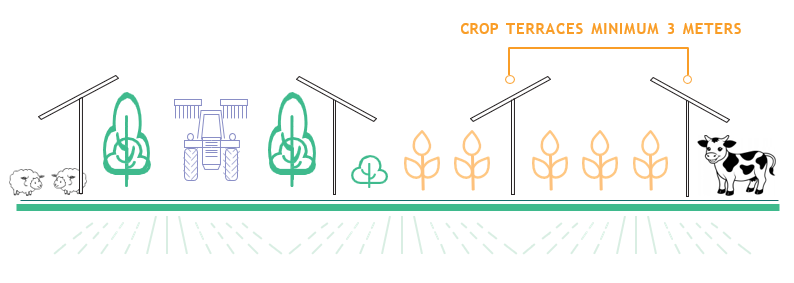
ORGANIC STRIP FARMING COMBINED WITH EXPOTECH PV MODULES AND EAST WEST ONE ROW VERTICAL

COMMON AGRI-PV APPLICATION EXAMPLES
Combination of crops and solar farm | Another solution consists of cultivating intercropped crops, or offering grazing areas for animals between rows, and in some cases below solar panels. Preferred types of crops are those with leafy vegetables. These solutions allow an optimal land use, and an increase in land productivity. |
Elevated solar panel systems, with or without dynamic systems | Solar panels are mounted on elevated structures above crops or animals. It allows crops to grow normally underneath, and to benefit from the partial shading provided by the panels. Solar panels benefit crops and animals, through climate change adaption, protection against adverse weather conditions, agronomic benefits, and/or improved animal welfare. |
Solar – greenhouse | Systems that are equipped with solar panels to simultaneously produce agricultural goods, as well as energy. The solar panels provide shading to the crops, and protect against adverse weather conditions. |
Aviaries with solar shading structures | Poultry farms often require covered structures to protect birds from adverse weather conditions and predators. In this context, solar shading structures are used as the roof of aviaries, and provide shading to the birds while generating electricity. The shading can be designed in order to allow an optimal natural light penetration to ensure animal welfare. |
TRADITIONAL UTILITY-SCALE CONFIGURATIONS
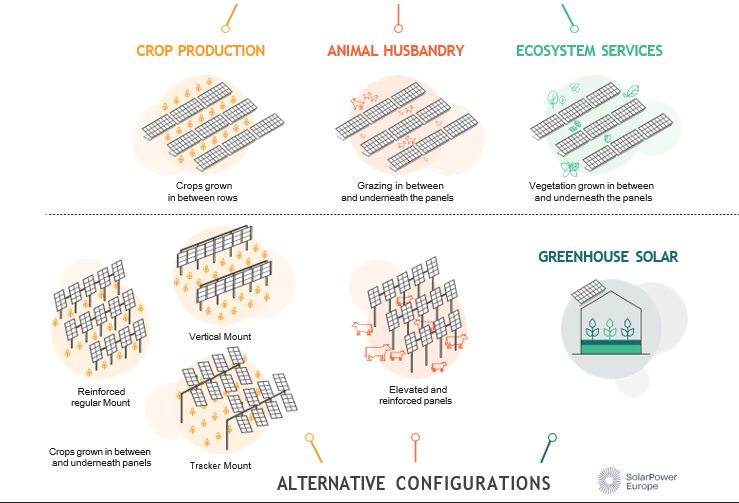
Agrophotovoltaics (APV) integrates photovoltaic
Agrophotovoltaics (APV) integrates photovoltaic (PV) panels with agricultural activities, providing partial shading that can influence the growth and productivity of crops, including grapevines and other fruit-bearing shrubs.
Impact of Shading on Crop Performance:
Moderate Shading (up to 25%): Studies indicate that APV systems with a coverage ratio equal to or lower than 25% do not significantly affect plant growth and quality. This level of shading can offer protection against excessive solar radiation without hindering photosynthesis.
Increased Shading (50% to 100%): Higher coverage ratios have shown inhibitory effects on crop growth for certain species. However, some crops like strawberries and spinach have demonstrated resilience and can thrive even under substantial shading.
Benefits of APV-Induced Shading:
Microclimate Modification:The presence of PV panels alters microclimate parameters such as solar radiation, air temperature, humidity, and soil temperature. This modification can lead to improved water use efficiency, which is particularly beneficial in arid regions.
Enhanced Fruit Quality:For certain fruit trees, moderate shading has been associated with increased fruit quality. This improvement is linked to protection against adverse climatic conditions, such as high temperatures and excessive rainfall.
Considerations for Implementing APV:
Crop Selection: The suitability of APV systems varies among different crop species. While some crops may experience reduced growth under increased shading, others may benefit from the modified environment. Therefore, selecting appropriate crops is crucial for optimizing both agricultural and energy production.
System Design:The configuration of PV panels, including their density and orientation, should be tailored to balance the trade-offs between energy generation and crop productivity. Dynamic or adjustable PV systems may offer flexibility to optimize conditions for both purposes.
In summary,the application of agrophotovoltaic systems with varying degrees of shading can have diverse effects on grapevines and other fruit-bearing shrubs.
Moderate shading may provide benefits such as improved fruit quality and water efficiency, while excessive shading could inhibit growth for certain species. Careful consideration of crop selection and system design is essential to maximize the advantages of APV installations.
AgriPV Shading Impact on Grapevines and Fruit Shrubs
This report presents a comparative analysis of the impact of different levels of shading (30%–100%) using agrophotovoltaic (APV) systems on grapevines and other fruit-bearing shrubs. The analysis covers key aspects such as crop growth, water use efficiency, fruit quality, and microclimate modification.
Impact of Shading on Crop Growth
The chart below illustrates the effect of different levels of shading on crop growth. Moderate shading up to 50% has a relatively minor impact, while higher levels of shading (70%–100%) significantly reduce crop growth.
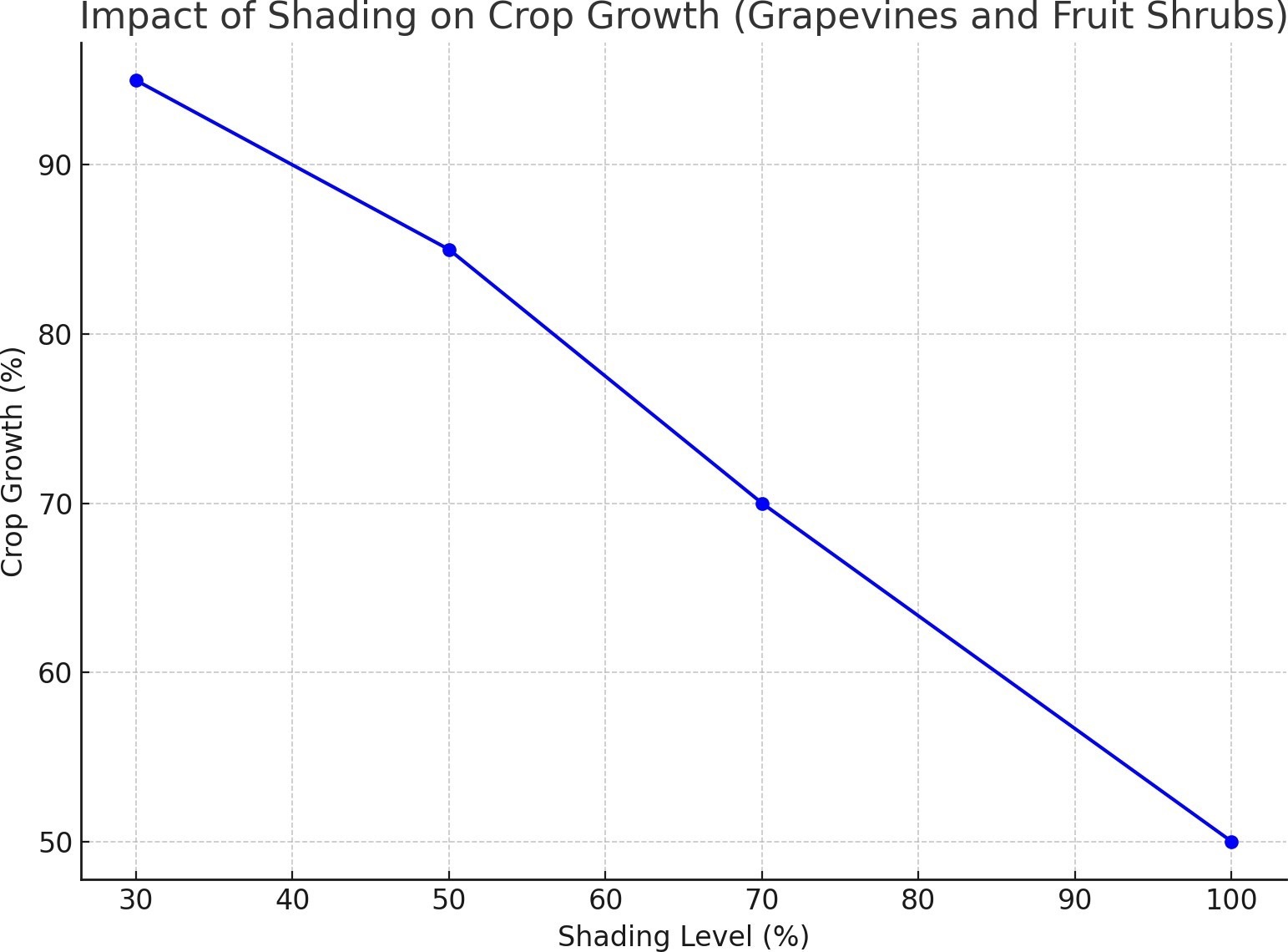
Water Use Efficiency Improvement
Shading provided by APV systems can improve water use efficiency by reducing evaporation from the soil. The chart below shows that water use efficiency increases with higher levels of shading, up to 130% compared to unshaded conditions.

Enhanced Fruit Quality
Moderate shading (up to 70%) can enhance fruit quality by protecting the crops from excessive heat and sun exposure. However, excessive shading (100%) may negate these benefits.
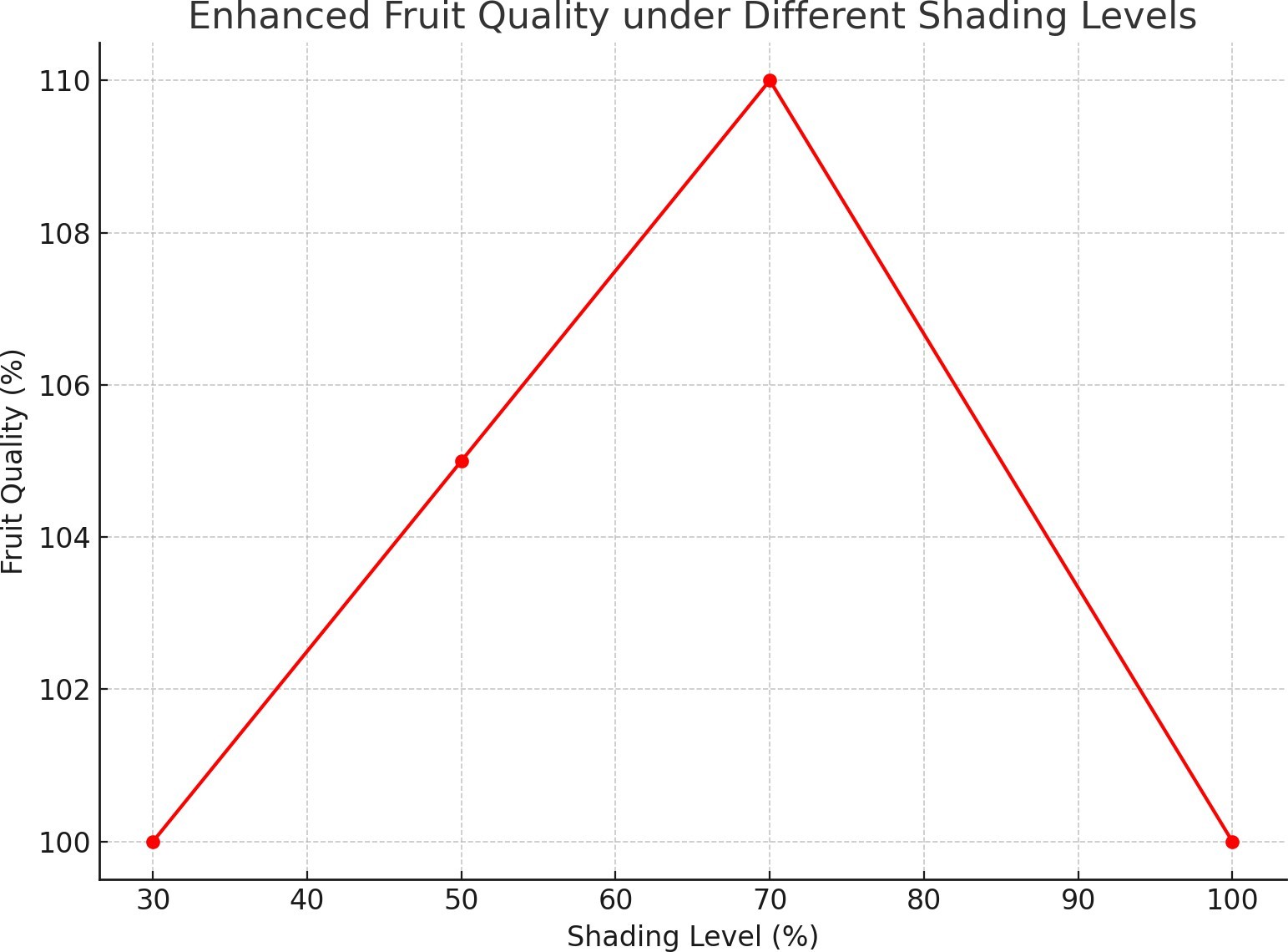
Microclimate Modification
APV systems alter the microclimate around the crops by reducing air and soil temperatures. The chart below shows that temperature reduction increases with higher levels of shading, which can be beneficial in hot climates.


Comprehensive AgriPV Investment Analysis Report
This report presents a complete and detailed analysis of AgriPV systems compared to traditional photovoltaic (PV) installations. It includes technical, economic, and environmental analyses, as well as comparisons of energy production and revenue over 30 and 50 years.
1. Technical Analysis
Types of AgriPV Systems
- ExpoTech stationary systems: Recommended orientation: east-west. Energy gain dependent on albedo: +15% to +20%.
- Single-axis trackers (1P and 2P):
1P trackers (one row): Increase energy production by 30% compared to stationary systems.
2P trackers (two rows): Similar energy increase but require larger spacing between rows (recommended width: 12 m for agricultural machinery).
Technical Parameters of the Systems – ExpoTech modules:
Steel structure coated with a protective layer, providing high resistance to corrosion and abrasion. Certified according to European standards PN-EN 1991 and PN-EN 1090.
Designed for different snow and wind load zones. Energy Efficiency – Trackers increase efficiency by approximately 30% compared to stationary systems.
Optimal tilt angles for the modules: 15°, +- 60°, or 90°, depending on the configuration.
2. Economic Analysis
Investment Costs Stationary systems: Comparable to standard photovoltaic installations. Tracker systems: 20% higher cost than stationary systems.
Faster return on investment due to a 30% higher energy yield.
Revenue from Energy Production Stationary ExpoTech systems (east-west configuration): Average annual energy yield of 1000–1200 kWh/kWp.
Tracker systems: Increased yield of 1300–1500 kWh/kWp annually. Return on Investment (ROI) Stationary system: 6–8 years.
Tracker system: 5–7 years, depending on location and energy yield.
3. Environmental Analysis
Benefits for Soil and Agriculture.
Soil protection: Reduced erosion due to partial shading. Increased water retention: Reduced evaporation by limiting direct sunlight exposure.
Improved conditions for crops: Partial shading protects crops from extreme temperatures. Suitable for growing shade-tolerant or partially shade-resistant plants. Biodiversity maintenance: The space beneath the panels can be used for grazing or growing nectar plants. Global Environmental Benefits CO2 emission reduction: Each 1 MW of AgriPV reduces emissions by 800–1000 tons annually. Sustainable land use: Enables simultaneous food and energy production. Climate adaptation: Protects crops from extreme weather conditions (hail, heavy rainfall).
4. Energy Production Comparison
Over 50 years, stationary PV systems produce approximately 55,000–60,000 kWh/kWp of energy. In comparison, tracker PV systems produce approximately 39,000–45,000 kWh/kWp over 30 years.
Despite the shorter lifespan, tracker systems offer higher annual efficiency due to their increased energy yield.

Revenue Comparison
The total revenue from stationary PV systems over 50 years is approximately €2,750–3,000 per kWp, while the total revenue from tracker PV systems over 30 years is approximately €1,950–2,250 per kWp. Despite the shorter operational period, tracker systems can achieve comparable revenue due to their higher energy yield.
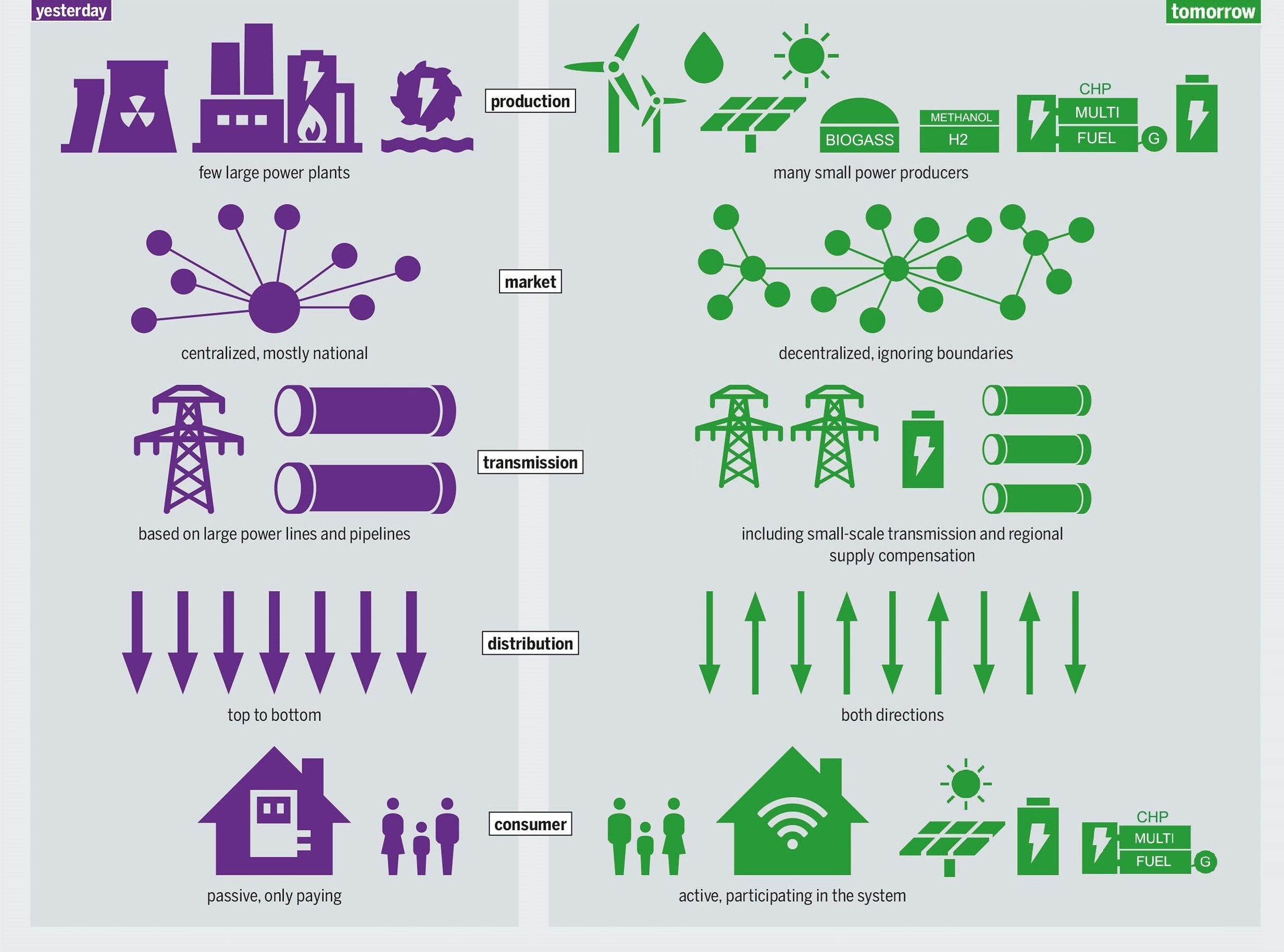
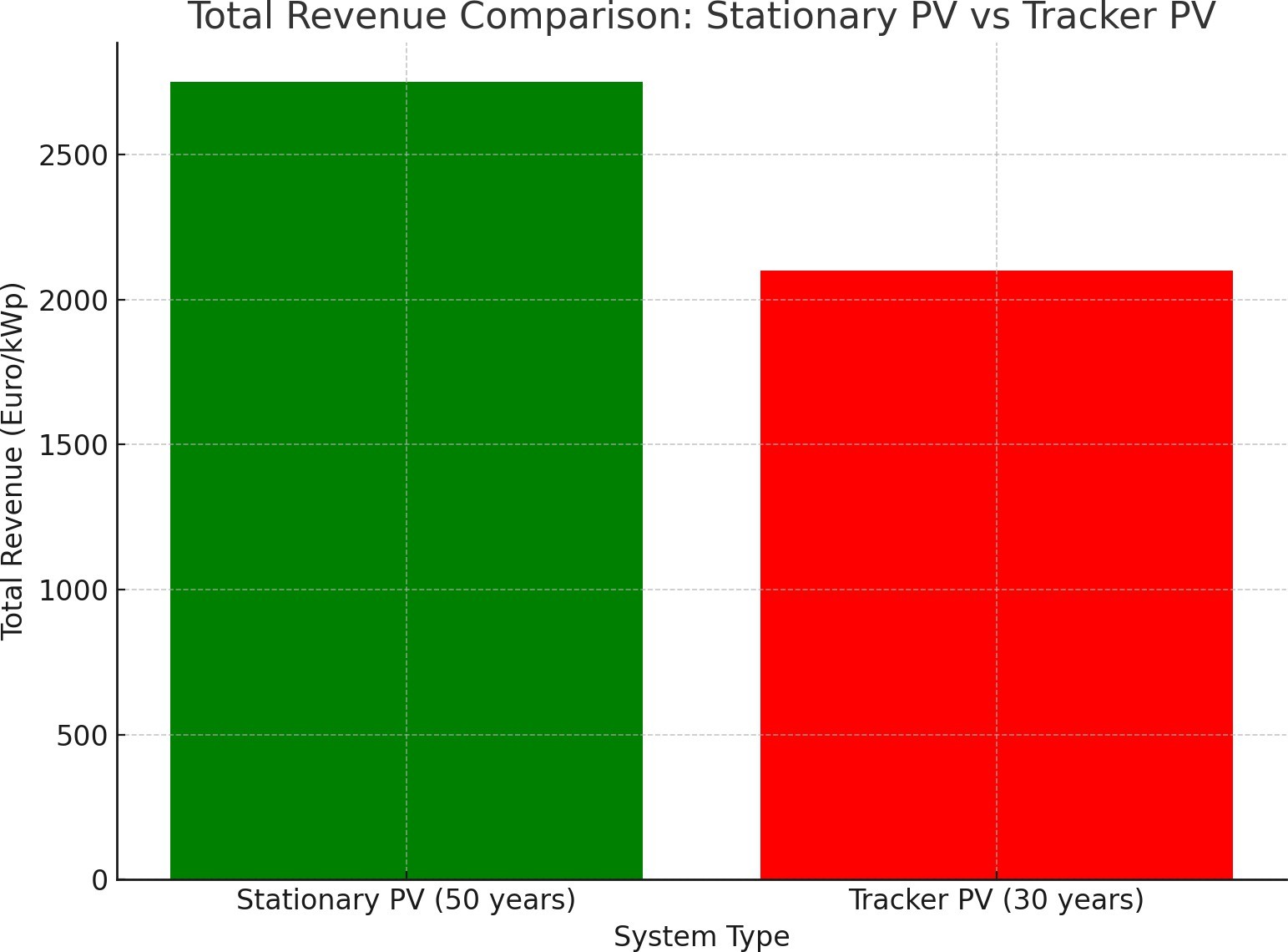
CAPEX, OPEX, and ROI Analysis
AgriPV Systems Analysis Report
Seasonal Yield Comparison
This section compares the seasonal yield of crops under AgriPV systems versus traditional farming methods.
The analysis shows that crops under AgriPV systems tend to have higher yields across all seasons, with the
most significant improvements observed during summer and winter due to partial shading and reduced heat stress.
Seasonal Yield Comparison
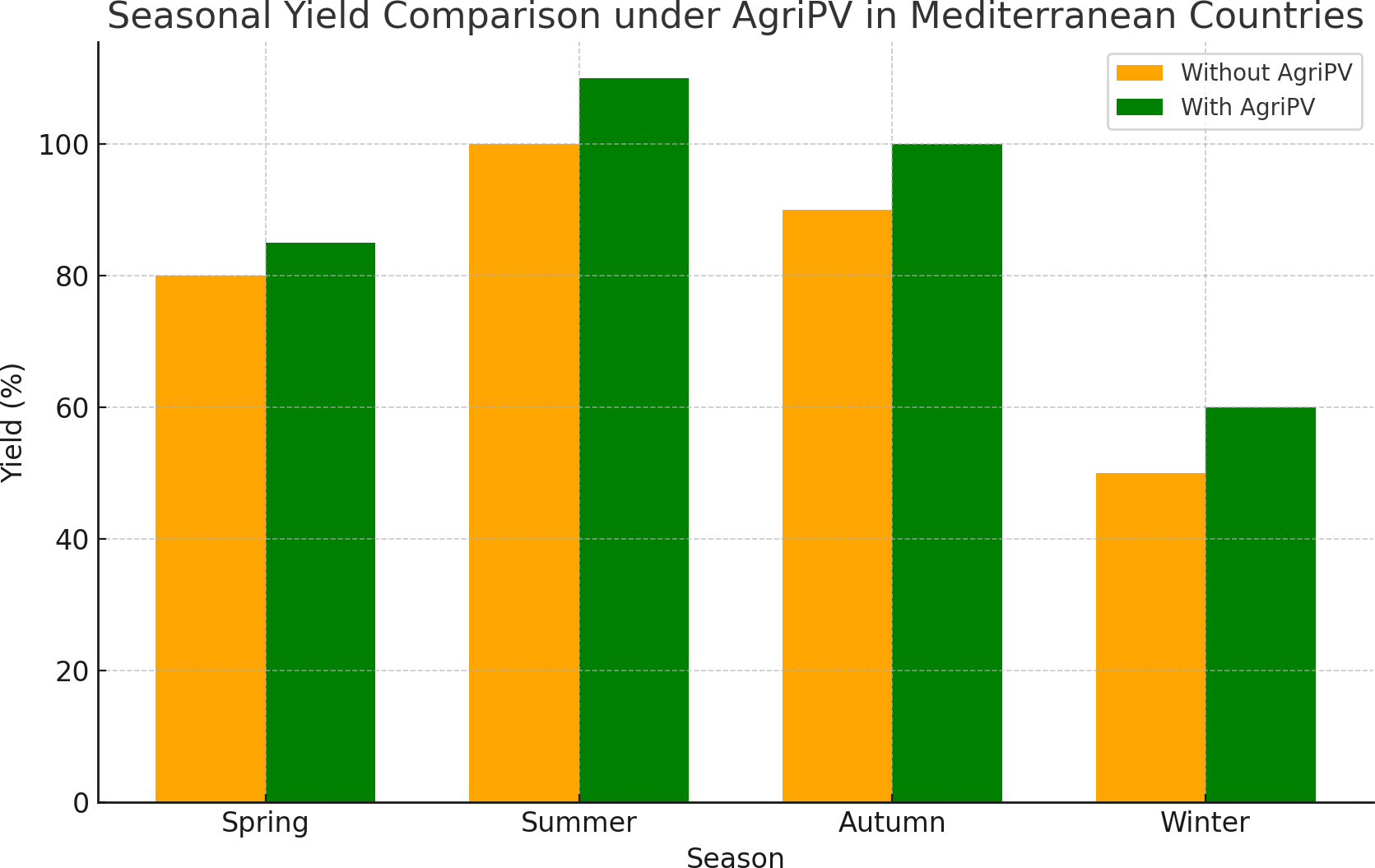
AgriPV Systems Analysis Report
Soil Water Retention Improvement
AgriPV systems improve soil water retention by providing partial shading, which reduces evaporation and
helps maintain soil moisture. This leads to better soil health and sustainability, particularly in arid regions.
Soil Water Retention Improvement
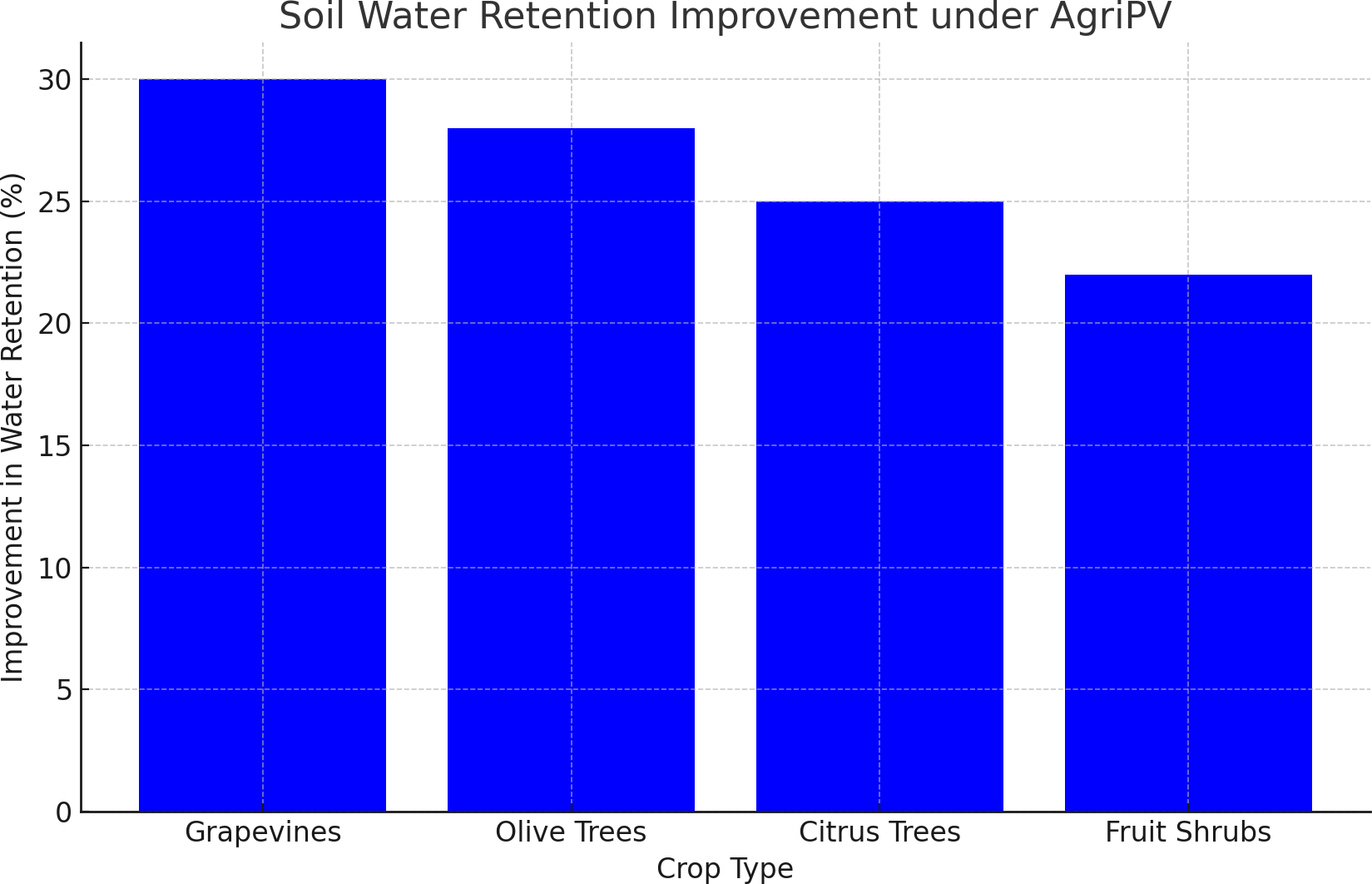
AgriPV Systems Analysis Report
Heat Stress Reduction
One of the significant benefits of AgriPV systems is the reduction in heat stress on crops. By providing
partial shading, the systems help maintain lower temperatures, leading to healthier crops and increased yield.
Heat Stress Reduction

AgriPV Systems Analysis Report
Economic Gain
AgriPV systems offer significant economic benefits to farmers by increasing both the yield and quality of crops.
This section highlights the percentage increase in revenue for different types of crops under AgriPV systems.
Economic Gain
